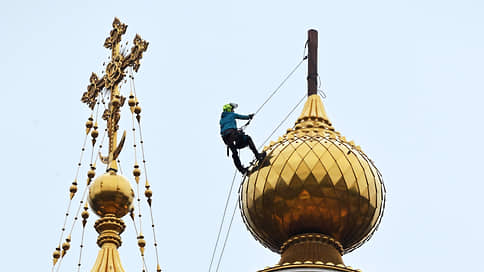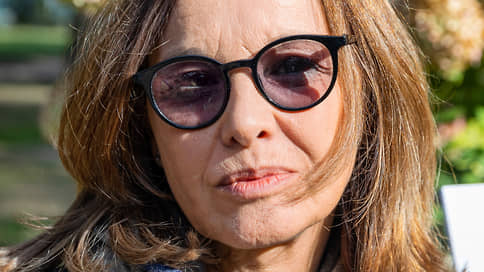Retail Pyths attracted more than 38 billion rubles in March

After a monthly break, investors showed interest in the collective investment market. According to the results of March, retail Pyata attracted more than 38 billion rubles, this is the best indicator from the beginning of the year. Moreover, for the first time since the end of 2020, bond funds became the leaders of the involvement. Only stock funds lose investors, and in the context of the fall of the Russian market, this can be a tendency.
According to Investfunds, in March 2025, a pure flow of funds in open and exchange pefies exceeded 38 billion rubles, with more than an overlap, the amount of funds derived from these funds a month earlier (See “Kommersant” from March 10). However, this result loses to indicators of the second half of 2024, when monthly tributaries were often two to six times higher.
The restoration of demand occurred against the background of the completion of technical sales of shares of funds of the monetary market.
If in February the net outflow of them amounted to 27 billion rubles, then in March they managed to attract more than 12.5 billion rubles. “The outfills in January and February are actually adjusting that excessive demand for funds of the money market, which investors showed in December. At the same time, the attractiveness of such funds in the conditions of a preserved high key rate remains the same, ”said Viktor Bark, head of the Asset Office of the Alfa Capital Criminal Code.
Last month, the increased interest of investors was to bond funds, pure attraction to which amounted to almost 26 billion rubles. This is three and a half times higher than investment in February and the second largest result for all the time of observation. Such funds attracted the larger amount of funds in December 2020 (27 billion rubles). Investors invested about 1 billion rubles in a mixed type of funds. About 1.2 billion rubles. It entered the funds of precious metals. “Strengthening the ruble from the beginning of the year by 20% and the latest inflation data and the labor market are bringing closer the moment of the first decrease in the key rate,” says Mr. Bark. Therefore, according to him, tributaries in bond funds « look like investors’ attempts to take strategic positions in anticipation of a turn of the DCP and the next growth of the debt market. »
Only one category of Pyths encountered a clean outflow of shareholders – stock funds.
According to the results of March, it amounted to 3.7 billion rubles, which is one and a half times higher than the investment of February. The instability of the involvement is associated with a rather difficult situation for the stock market. On the one hand, last year the market showed a decrease in the Moscow exchange index by 4%. As noted by the head of the Sales Department of the Criminal Code, Andrei Makarov, this circumstance stops part of the investors « who focus on historical profitability. » On the other hand, the February growth of the index by almost 9% against the background of the negotiations of Russia and the USA (See “Kommersant” from February 13) In the absence of real agreements, it was replaced by a decrease next month. According to the results of March, the MOEX index lost almost 6% and approached the level of 3,000 points.
In the coming months, investment preferences will be determined by the market reaction to the foreign trade policy and the actions of their trading partners held by the US President. On April 2, the announcement of import duties from 185 countries has already caused a collapse of oil prices (See “Kommersant” from April 5) and returned the index of the Moscow exchange to the values of the end of December 2024. “The reduction in the index in the level of 2700 points returned the interest of investors in the funds of the money market, in which they want to wait for increased volatility,” said Maxim Bykovets, director of the development of welfare products of the PSB. Adds the attractiveness of the funds of the money market and the fact that since the beginning of the year the Rusfar index (is one of the benchmarks for these tools) has grown from 20.35% to 21.46% per annum, ahead of deposits profitability. In particular, the average maximum rate of the largest banks, calculated by the Central Bank, in the third decade of March fell to 20.3% per annum.
At the same time, market participants do not exclude point purchases of stock funds. “Investors can now buy individual Russian actions at attractive prices of the late last year,” said Maxim Bykovets. In his opinion, successful negotiations will contribute to the restoration of the index, including tariffs, as well as a reversal in the monetary policy of the Bank of Russia. According to Andrei Makarov, such investors will wait for the moment when the negative effect of duties will be exhausted to enter the action.








